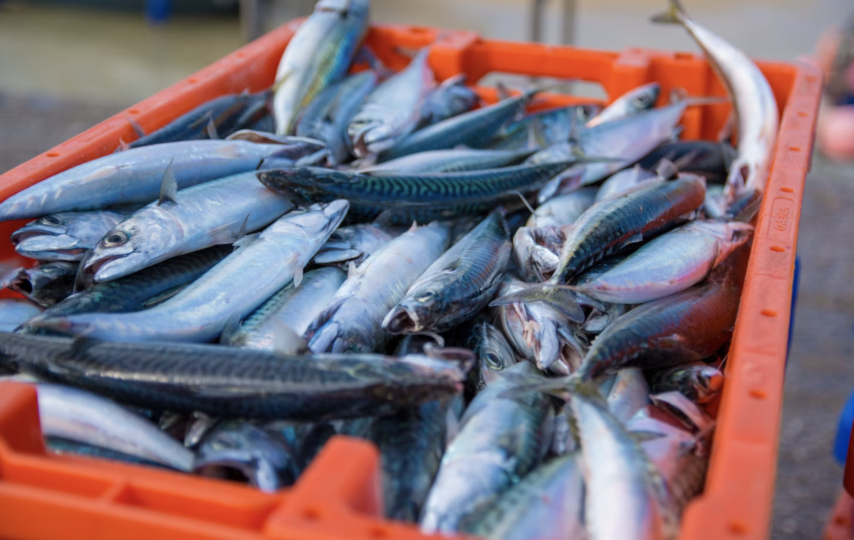In commercial fish farming and production, the price you sell your fish depends on many factors, including size and weight. Same-aged fish can grow at different rates, so sorting before they go on the market helps to eliminate any inconsistencies.
This short article will help you understand what is fish grading and how it can improve your quality indicators and thus increase the profit of your business.
The most commonly used fish grading methods
Three main methods are used in the industry: mechanical grading, grading by weight and visual grading. Choosing the correct method for your business depends on what fish you grow, what is your end product and what is the capacity of your business to maintain each grading method.
Mechanical grading
This method uses machines that differentiate fish by their thickness or width. Some of the most popular fish grading systems are roller grading lines, such as this one by PERUZA. Mechanic roller grading lines are especially suitable for fresh small fish like sprats, Baltic herring and species like sardines, pilchards and anchovies.
The main advantages of using a roller grading line are:
• Increased productivity with up to 8 tonnes of processed fish within an hour
• Less damage to fish due to innovative gentle technology
• Lower manual labor costs without losing on quality
Weight grading
Fish sorting by weight is a precise method to sort smaller, high-quality products, such as salmon, crabs, lobster, etc.
A commonly used fish grading system for this is a weight grading line, like PERUZA’s Flow Weight Grader. These mechanic lines work in that the fish is fed into a Z-type conveyor with one product per pocket, then transported and transferred to an acceleration conveyor. Each product is weighed separately, compared to the correct exit gate’s grade, and then transported along the conveyor to the corresponding exit gate. With PERUZA you can get a custom weight grading line designed for your business, with a minimum of four and up to 12 or more exit gates.
The main benefits of using a fish weight grading line are:
- High-level precision without the risk of manual inconsistencies
- Increased productivity – up to 120 products sorted per minute
- Reduced waste — ideal for expensive products, such as salmon or lobster.
Visual grading
The name explains the task well enough. This sorting method grades fish by visually recognising different species to separate and sort them. While this can be done manually, more businesses increasingly invest in automating this process. For example, robotic visual fish sorting machines have been fed information on differentiating between fish species and sorting them into the according exits.
The main advantages of using robotic visual fish sorting lines are:
- High precision – machine vision has proven to be highly effective in differentiating between objects.
- Lower manual labor costs since it requires newer operators
- Cost-effectiveness – robotic lines are set to completely replace manual grading processes and show great returns in the long run.
Automation of processes such as fish grading is a much-needed investment to maintain the competitiveness of businesses these days. If you’re interested in learning more about how PERUZA can help you get the best results, feel free to get in touch at info@peruza.com







